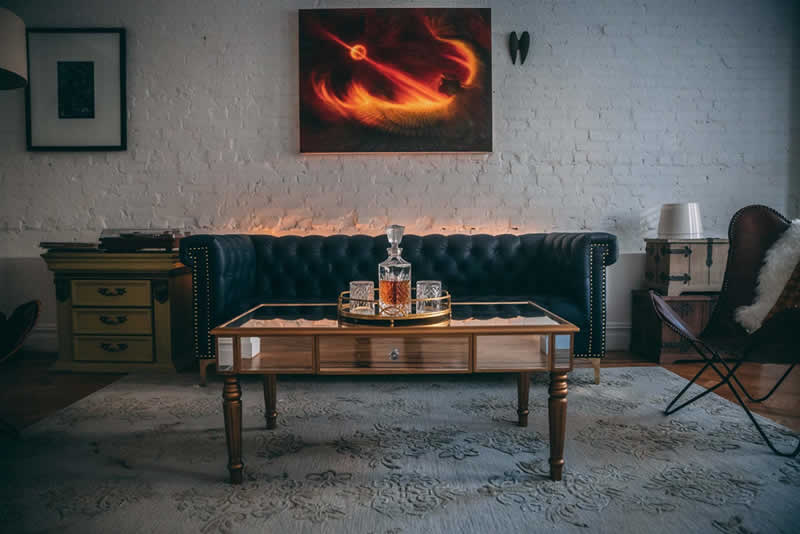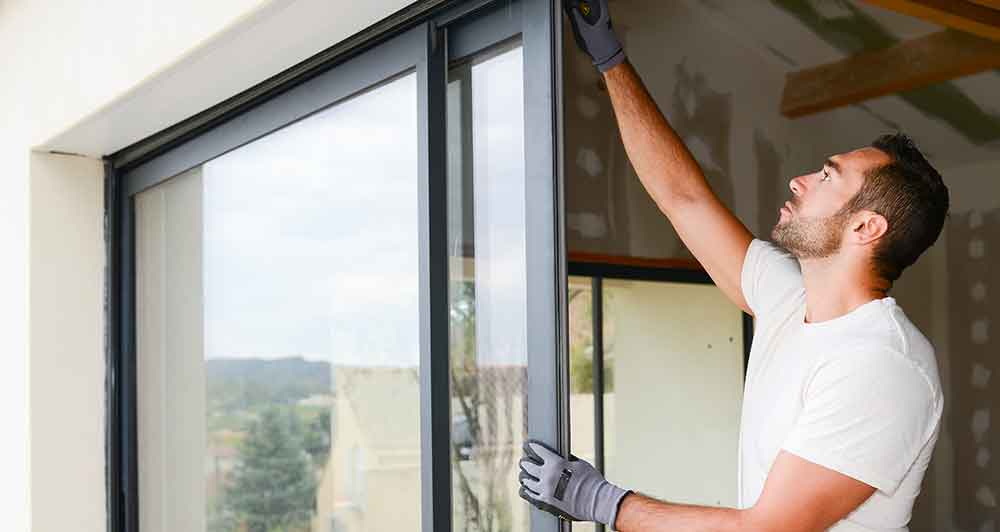If you don’t already have one, a coffee table can be the perfect addition to any living room. Coffee tables aren’t just a great place for displaying and storing items; they can add to your living room’s design and be an excellent way to tie things together. Of course, not all coffee tables are suited for all living rooms. There are some dos and don’ts to be aware of when it comes to the design of your coffee table.
Do: Plan Your Placement
The placement of your coffee table is critical. Coffee tables are typically placed beside couches or sofas. They should be close enough that it’s easy to reach and put something on the table, yet not so close that you cannot move easily between the furniture items. The sweet spot is 12-18 inches away from the couch or sofa. To keep it easy to move around the room, keep a minimum of 24-30 inches between the coffee table and any other furniture or furnishings.
Don’t: Guestimate Measurements
If your coffee table is too big or too small, or too high or too short, it’s not going to be a comfortable addition to your living room. It’s essential to get the proportions right before you buy the table. Take the time to carefully measure your furniture and your room and then use those measurements to determine what size your coffee table should be. Don’t guess, or you’ll probably end up making a mistake. Look for a table that’s 1-2 inches lower than the couch cushions, or maybe the same height. Definitely don’t go taller than that. Generally speaking, the length should be two-thirds that of your sofa or couch, and the width should be 42 inches less than the distance between your couch and TV stand or fireplace. That gives you the right amount of space between your coffee table and anything else in the room and should provide you the measurements you need to find one that will fit well in your space.
Do: Consider the Design of the Rest of the Room
A coffee table should be consistent with the interior design of the room. Consider the style of the coffee table (e.g., traditional, contemporary, rustic, etc.), the materials it is made from, and the arrangement of objects placed on it. Consider what the room already has, and then let the coffee table create a sense of balance in the room. If your living room is relatively neutral in terms of colors, a colorful coffee table can brighten things up. For homes with a minimalist design, a simple coffee table with an interesting sculpture or book can be a great way to complement your interior design. If you need a way to give your living room a lighter feeling, consider getting a coffee table with a custom glass tabletop. Glass tables can also make rooms look bigger, which can be nice in a smaller space.
Don’t: Obsess Over Matching
If your living room features wood or metal elements, you might start to stress about finding perfect matches in the legs and frame of your coffee table. There isn’t a need for that, though. It’s tough to find perfect matches, especially when it comes to wood unless you’re purchasing the table as part of a set. Instead of insisting on matching and only getting close, which can look strange, opt instead for materials that look nice together and complement one another. If you’re having a table custom made, see if whoever’s making it will give you samples of the different material options. That way, you can see what they look like in the same room as the rest of the furniture the table will eventually be around.
Do: Make It Multifunctional
Multifunctional coffee tables can be a real blessing, especially in smaller rooms. Depending on the design and materials, coffee tables can double as storage options or even seating. That said, it’s best to avoid using a glass coffee table for additional seating. Otherwise, you’ll probably end up with a broken glass coffee table.
Don’t: Forget to Take Your Lifestyle Into Account
On a similar note, if you want to enjoy your coffee table and get the most use out of it, you need to take your lifestyle into account. One way your lifestyle might impact your choice of coffee table is in the materials you choose. For example, glass tabletops may not be the best option for a home with young children. Still, they can be great for rooms that would benefit from the reflective and light transferring properties of glass. Glass table surfaces can also be great if you intend to set food or drink on them frequently. They are easy to clean and resistant to stains and scratches, making them a good material choice.
If you want your coffee table to be a good fit for your home, there’s some planning to do. Be sure to get a coffee table in the right size, and put it in the right place. Its design should complement the room it’s in, even if it isn’t a perfect match to other things in the room. Take your lifestyle and needs into account. If you do all that, you’ll be well on your way towards knowing what coffee table will be suitable for your home.



